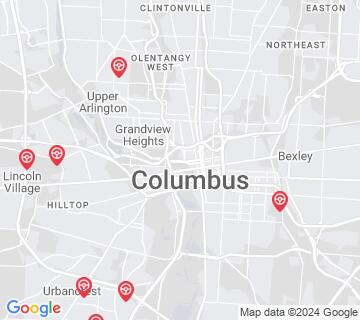2025 Louisiana Permit Test 23
The following questions are from real DMV written tests. These are some of the actual permit questions you will face in Louisiana. Each permit practice test question has three answer choices. Select one answer for each question and select "grade this section." You can find this button at the bottom of the drivers license quiz. For a complete list of questions and answers for Louisiana please visit https://cheat-sheets.dmv-written-test.com/en/louisiana/car.
Number of Tests
Number of Question
Passing Score
1. Why is it important to adjust your headrest before driving?
Explanation
Headrests protect vehicle occupants from whiplash. Adjusting your headrest is an important step to take before driving.
2. What do speed limit signs indicate?
Explanation
Speed limit signs indicate the maximum or minimum safe speed that is allowed to be driven on a roadway. The maximum limits are for ideal conditions and you must reduce your speed when conditions require it.
3. If you are driving on the interstate and pass your exit, you should:
Explanation
Don’t make a last-minute turn into an exit. If you pass your exit, you must go to the next one.
4. When may you proceed through an intersection that has a stop sign but no stop line or crosswalk?
Explanation
Stop before the stop line or crosswalk at any intersection that is controlled by a stop sign. If there is a stop sign but no stop line or crosswalk, stop before entering the intersection and proceed when it is safe to do so.
5. What is the only way to reduce your blood alcohol concentration (BAC)?
Explanation
The only method that effectively reduces your BAC is to not drink alcohol for a period of time. Coffee, exercise, and cold showers cannot reduce your BAC or change the effects of alcohol. They can help you remain awake, but they cannot change your BAC or make you sober.
6. If you are driving when weather, road, and traffic conditions are not ideal, keep a minimum following distance of:
Explanation
There are situations when you need more space in front of your vehicle than usual. Increase your following distance to at least four seconds when driving conditions are not ideal.
7. When you see or hear an emergency vehicle coming, you should:
Explanation
When driving on a two-lane roadway or undivided highway, you must yield to an emergency vehicle using its lights and/or siren, regardless of the direction from which it is approaching. Immediately drive as near as possible to the right side of the road and stop, taking care not to stop within an intersection.
8. When you see other drivers around you acting or reacting in anger:
Explanation


